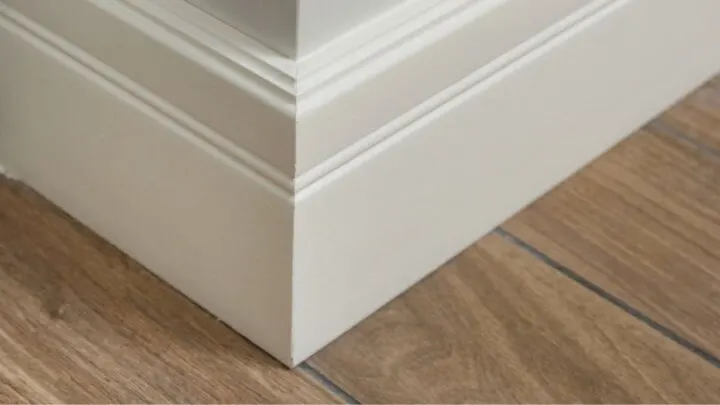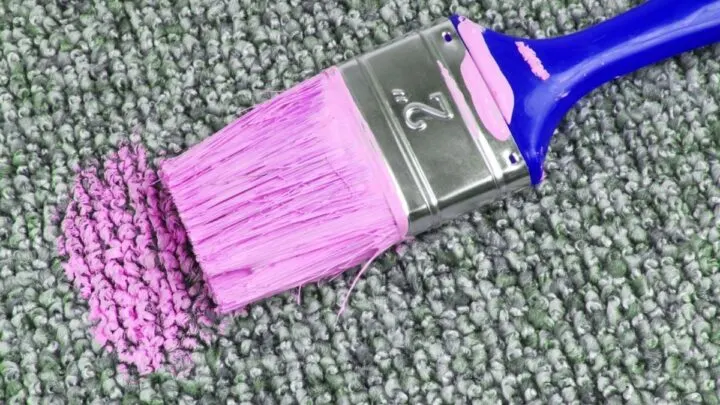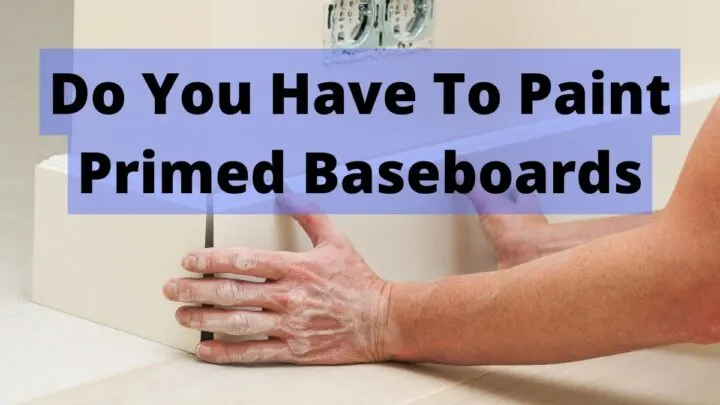Ever wondered what your guest is most likely to notice right away in your house?
A newcomer’s first glance when entering a place is generally towards the floor. Therefore, paying attention to your baseboards and other floor details becomes very important in order to leave an impression.
There are many ways by which you can make your baseboards aesthetic and the easiest to manage is, of course, painting.
You don’t have to paint baseboards that are already primed, as they will be protected by the primer. However, painting them will give them an added protection and can help them flow better with the design of your home.
Almost always, they’re already primed during the manufacturing process so you can’t change much when buying them, but if you really want to transform them, painting them becomes a good choice.
Many stores such as Home Depot and Lowe’s do not have the option of buying painted boards, so there’s a high chance that you end up buying just primed boards and feel like painting them later.

Why You Should Paint Your Primed Baseboards
If you’re skeptical about whether you should paint your baseboards or not, here are some of the reasons you may want to consider doing so.
Paint Quality
Primed baseboards in some cases do look like a finished product, but they are prone to external damage without added protection.
A primer’s job is not protection and hence, painting your boards with good quality paint will be beneficial for you in the long run.
There are many durable paint options available that can prevent your boards from getting ruined by kicking or scuffing.
Damage
There’s no guarantee that the baseboard you purchase is going to come spotless and in perfect shape.
Baseboard production isn’t necessarily categorized into home use and industrial use, so you might end up with a faulty piece.
In such scenarios, painting your primed pieces becomes a doable solution because MDF and wood baseboards often have external marks and scratches.
Dull or Plain Look
Since priming is done as a part of the manufacturing process, it does not always look appealing.
The main purpose of priming is to smooth the surface and increase adhesion. In doing that, it leaves the board looking bland and matte, which will not complement your walls and floors at all.
Painting the boards can give them a nice finish since paints are made up of sheens and gloss that help in improving the overall look.
Consistent Look
Primer is a tricky material to get even. Instead of applying primer over and over again on every board, just opt for painting them and your job will be done in half the hassle.
If you choose to just prime your boards, chances are that all of them won’t look the same because of the multiple coats.
On the contrary, unevenness can easily be dealt with when you’re using paint.
How to Prep For Painting Baseboards
Once you’ve made up your mind, the first thing you’ll need to do is prep your boards.
It can be a tedious job, but the outcome will leave you satisfied. Here’s a guide to help you carry out the process smoothly:
- Get your boards tidied up by wiping them with a piece of cloth.
- Smoothen out all the bumps and holes with a painter’s tool.
- Use sandpaper to further flatten the surface.
What Is The Best Way to Paint Primed Baseboards?
- First things first: follow the above prepping methods to prepare your baseboard.
- Carefully place a cardboard piece or sheet aligning with the baseboard’s edge on the floor to protect your floors.
- Dip the tip of a 1” paintbrush and tap it lightly on the pail’s side so that the brush only holds the required amount of paint.
- Without further ado, apply the paint in either horizontal or vertical strokes (choose one and stick to it), making sure that you keep going back and forth a couple of times. To finish off, make a final stroke in the same place using only the tip without using any more paint.
- Make sure you don’t use too many strokes.
What Paints Can You Use?
While there are many options to choose from in the market, the best paints for baseboards are:
- Oil paint
- Acrylic-alkyd hybrid
- Latex/water-based paint
However, do keep in mind that VOCs are present in oil paints, which is detrimental to the environment.
As a result, water-based or acrylic-alkyd hybrid paints appear to be popular among homeowners.

How to Prevent Paint From Getting Onto the Carpet and Walls
If you’re working around carpets and walls, there’s a high chance that the paint drips down and creates a mess.
With fabrics like these, you have to be even more careful because the brush may catch particles or lint, which will make the application uneven.
Here’s how to safeguard your carpets and walls:
- Tape your floor edges aligning with the baseboard. Make sure that the tape is thick enough (2-3” wide painter’s tape would do) to protect the carpet.
- To prevent the paint from penetrating the seams, take a long piece of tape and cover all the gaps.
- With the help of a putty knife or any other sharp object, make the edges go under the baseboards by light pushing.
- Start painting but make sure not to take a lot of paint to avoid dripping or rundowns.
- If you leave the tape as is and remove it after drying, you might end up taking some paint bits off the wall, so remember to remove it while the paint is wet.
- If you’re doing this for the first time, things are sure to get messy. A masking tape can be very nice protection for your walls and carpets.
Conclusion to Painting Primed Baseboards
You can do fine without painting your baseboards, but if you’re looking to elevate your interiors, you should definitely give this option a thought.
With the right methods and tips, you can paint your boards yourself in no time.
Leaving them as is will sure save you the time it takes to paint, but then you’ll also be looking at boring baseboards all over your house.
This article takes you through all the pros and cons of painting and also sheds light on how to carry out the process; so relax and don’t worry about your baseboards because we’ve got you covered!


